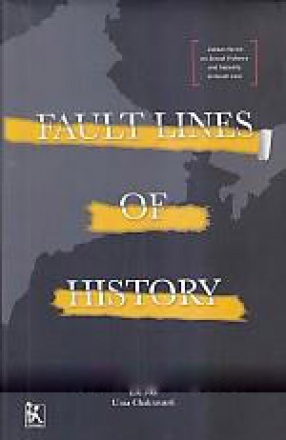
Uma Chakravarti

Showing all 11 books

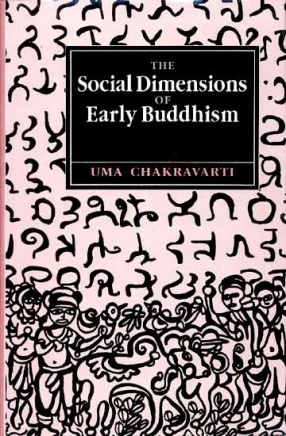
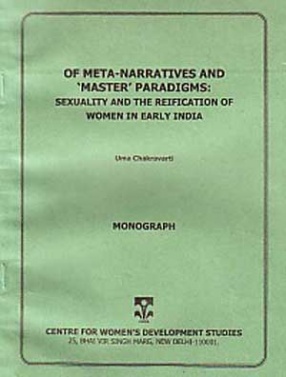

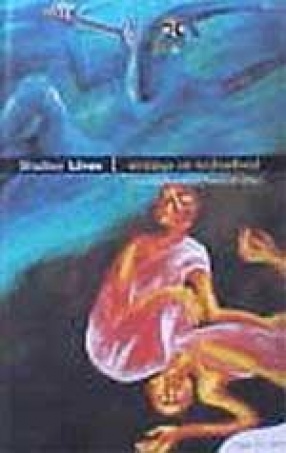


This book examines the relationship of Buddhism to its locus, the expanding agrarian economy of the Ganga valley during the period 600-300 BC. It outlines the contours of the major social and economic groups that were the dramatic personae in this dynamic process, especially the gahapati, whose entrepreneurial role in the economy has not received the attention it deserves. The work explores the emergence of sharp differentiation between those in control of the ...
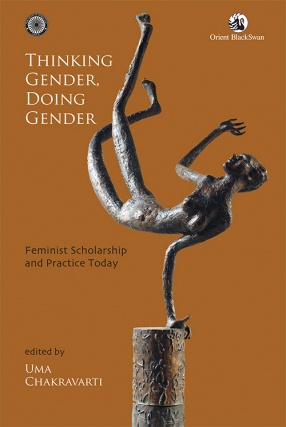
In the 1980s, gender was acknowledged as a useful and necessary category of analysis. The first generation of feminist scholars defined the new field and provided a rich corpus of works; later generations of scholars and activists then expanded it through their writings on culture, film and media, and sexuality.
Thinking Gender, Doing Gender focuses on these issues, as well as on pedagogy and classroom practice, theoretical obstacles created by disciplinary ...
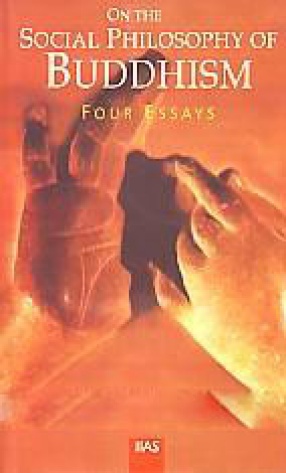
This book seeks to examine the various aspects of social philosophy of Buddhism. It explores the humanitarian aspects of what the Buddha thought, how he envisaged the world in which he lived, and the direction of the change he envisioned.
It discusses at length the Buddha’s ideas on inequality, the king as wielder of political power, women’s search for liberation, and the place of compassion in the Buddhist social philosophy, which is marked by a ...

"Research and writing of this paper has been supported by the award of the J.P. Naik Fellowship from the Centre for Women's Development Studies, Delhi, during 2005-2007 ... "--Acknowledgements.

This book examines the relationship of Buddhism to its locus, the expanding agrarian economy of the Ganga valley during the period 600-300 BC. It outlines the contours of the major social and economic groups that were the dramatic personae in this dynamic process, especially the gahapati, whose entrepreneurial role in the economy has not received the attention it deserves. The work explores the emergence of sharp differentiation between those in control of the ...


"This volume documents the focus on the widow, regarded as the dark half of womankind in tradition, the structural counterpart of the sumangali or the auspicious married woman, and to provide an archive on widowhood. The archive comprises prescriptions, injunctions, laws and other accounts dating back to the 5 century BC from Sanskrit texts as well as extracts from official documents, pamphlets and essays in many languages, published in the 19 and 20 ...

This volume of essays moves the historiography of ancient India in the service of a history of the present. The cultural onslaught of a brahmanical saffron culture within popular discourse, and the fight against entrenched class and caste interests led by women, dalits and other marginalized groups, frame this battle for ancient India. Through an in-depth analysis of myths and original sources, the author provides novel grounds fro contesting the foundations of ...

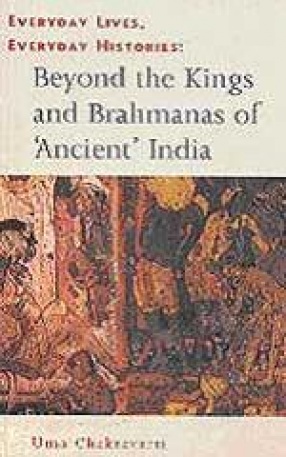
This volume of essays moves the historiography of ancient India in the service of a history of the present. The cultural onslaught of a brahmanical saffron culture within popular discourse, and the fight against entrenched class and caste interests led by women, dalits and other marginalized groups frame this battle for ‘ancient’ India. Through and in-depth analysis of myths and original sources, the author provides novel grounds for contesting the ...
